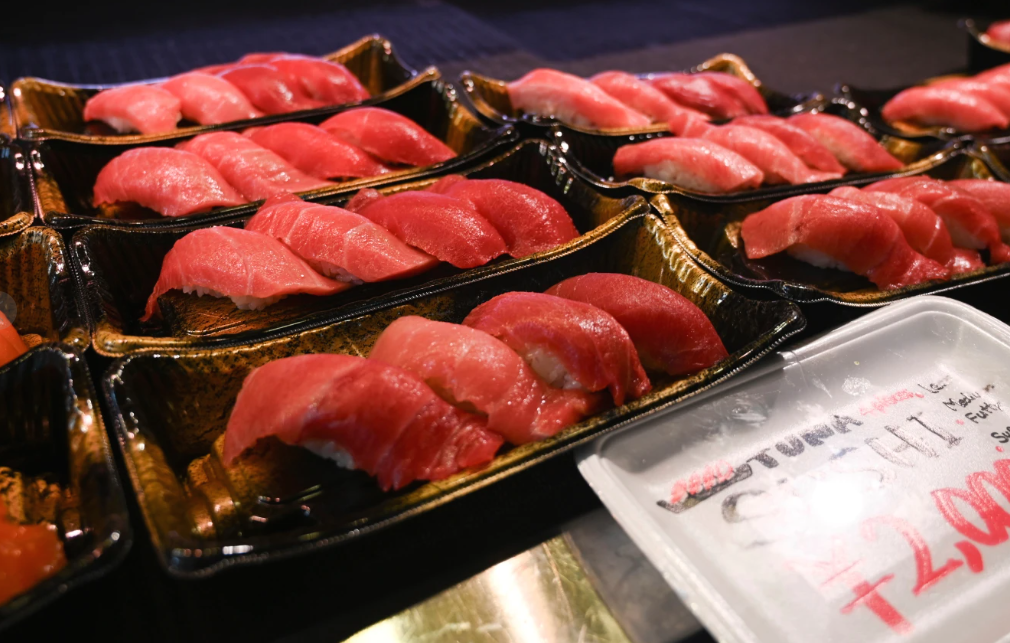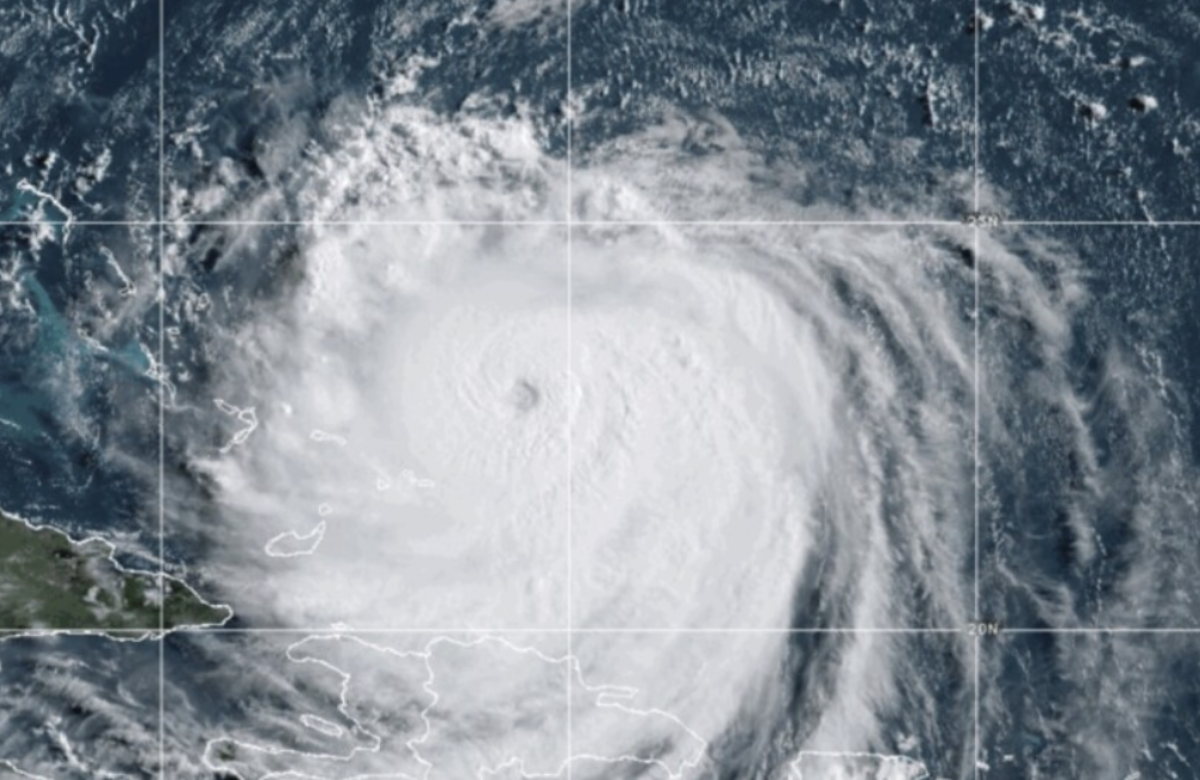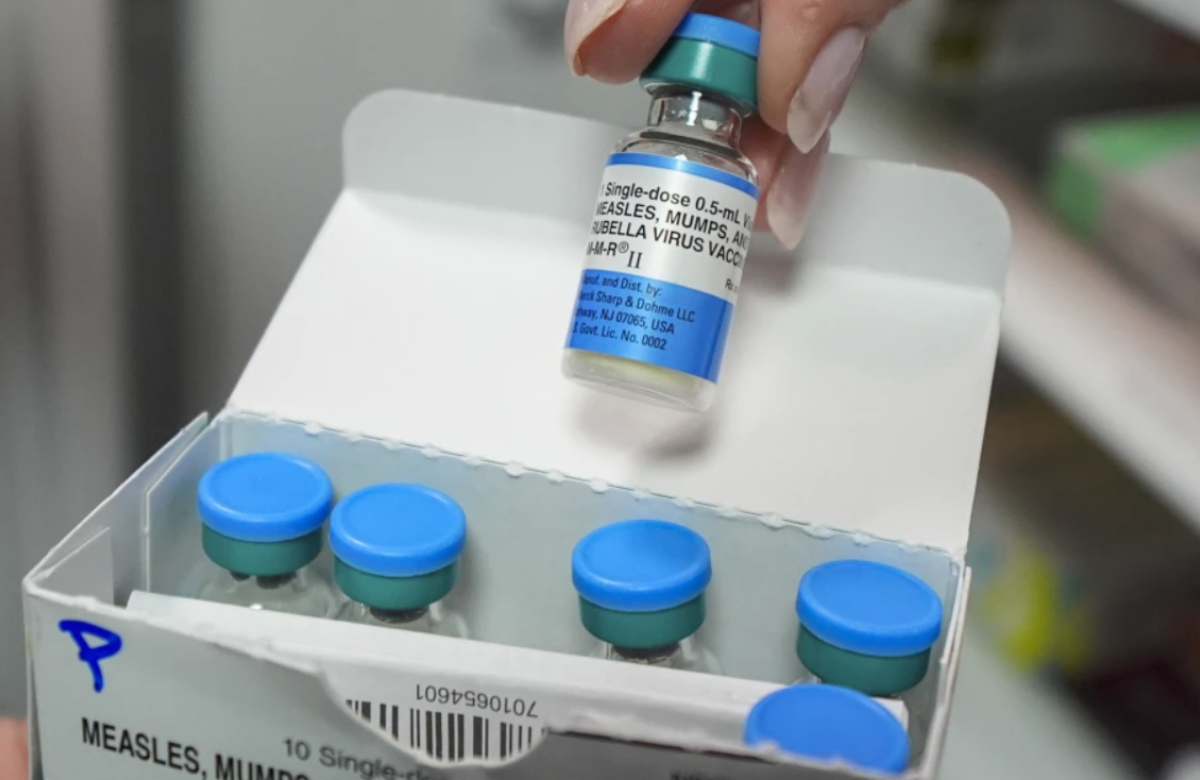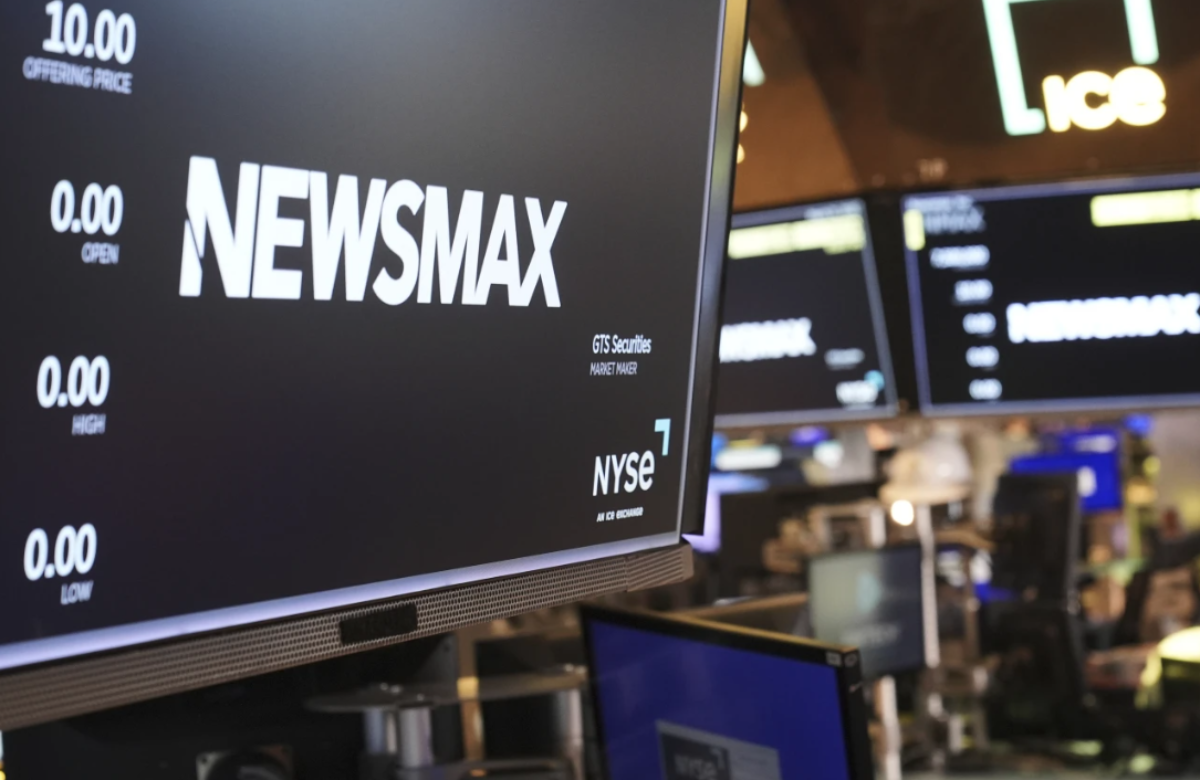Seafood enthusiasts know that the marbling of fat in tuna makes it especially delicious in dishes like sashimi and sushi. For the tuna industry, the level of fattiness is a key factor in determining both quality and price. Traditionally, this is assessed by cutting through the tail of a tuna with a large, saw-like knife, a process that takes about a minute per fish.
However, a new machine called Sonofai, developed by the Japanese company Fujitsu, uses ultrasound technology to measure fattiness in just 12 seconds. This technology allows anyone, even without experience in fish carving, to quickly assess the tuna’s fat content. Sonofai’s name is derived from “sono” (sound), the “f” in Fujitsu, and “ai” (artificial intelligence), and symbolizes its AI-based capabilities.
The process involves a conveyor belt that moves a whole frozen tuna fish into the machine. Ultrasound waves are then directed at the fish, and sensors collect the data to create a zigzagging diagram on a screen that indicates the fat content. Fatty tissue absorbs fewer sound waves than lean tissue, and the AI sorts through the data to provide an accurate fat measurement.
Hisashi Ishida, president of Sonofai and founder of Ishida Tec Co., which specializes in food-manufacturing equipment, emphasizes the machine’s efficiency, safety, and sanitary advantages. He points out that as global demand for sushi grows, it is crucial to ensure high-quality tuna.
Unlike the beef industry, which has a grading system for fat content and flavor, tuna has never had such a system until now. Sonofai uses ultrasound technology similar to that used in medical scans, which emits high-frequency sound waves to create visual images of things that are not visible to the eye. This method is non-invasive and avoids the radiation used in X-rays or CT scans.
While ultrasound is used in the medical field to examine organs like the liver, its application in measuring tuna fat is a new development. According to Dr. Chris Edwards, a medical expert, the ultrasound technology allows users to easily compare the fat content of different fish.
Sonofai, however, won’t be found at your local sushi restaurant. It is designed for use by fish-processing companies and fishing organizations. The machine will be available for sale starting in June, priced at approximately 30 million yen ($207,000). Initially, it will be available in Japan, but there are plans to expand sales to other countries, including the U.S. Future upgrades are also being developed to assess other characteristics of tuna, such as freshness and firmness.















